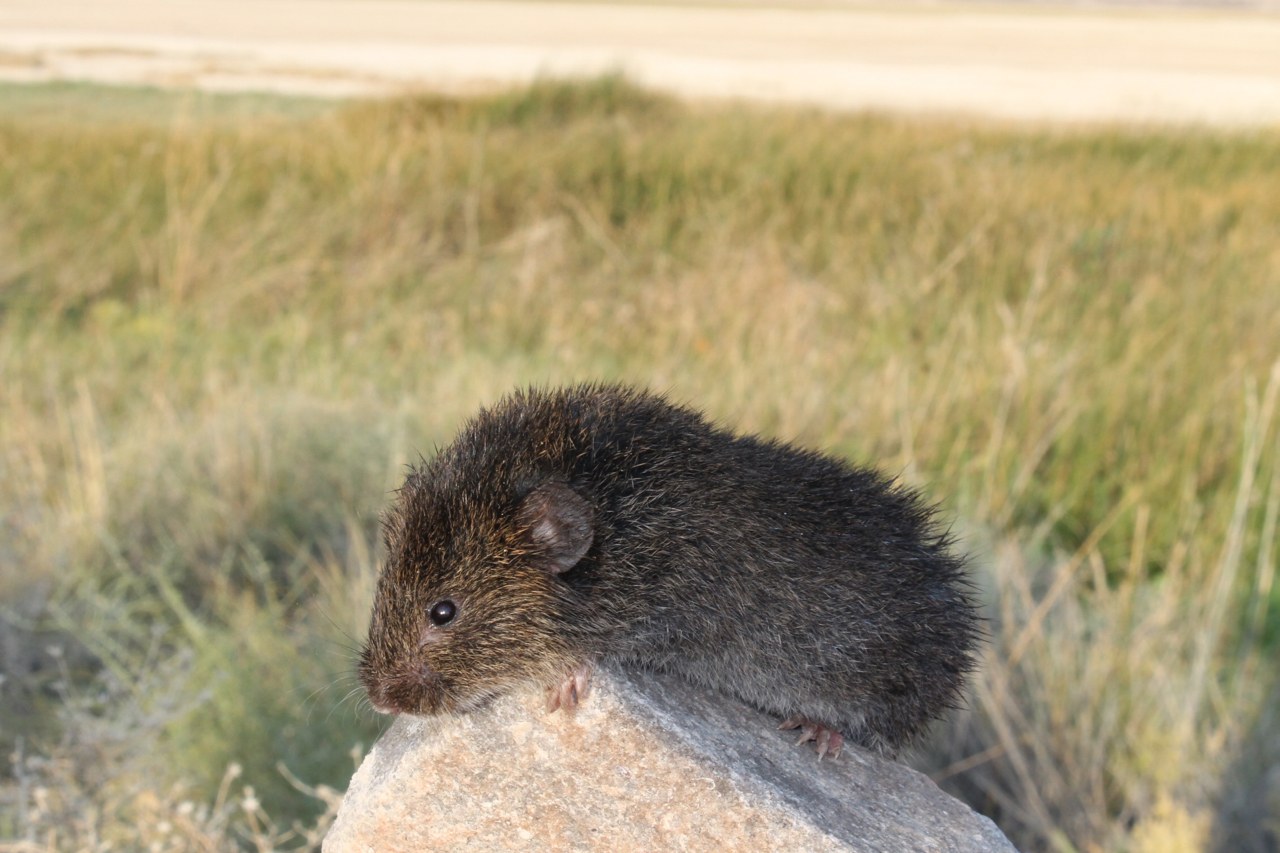Enhancing Biodiversity and Resilience in the Amargosa Basin in Inyo and San Bernardino Counties, California
Two grants awarded by the California Wildlife Conservation Board to fund a three-year planning effort to ultimately restore native biodiversity to a sensitive ecosystem
A new collaborative initiative is taking shape to protect and restore one of California’s most ecologically unique desert landscapes. Supported by two grants from the California Wildlife Conservation Board, this three-year initiative brings together interdisciplinary expertise to design restoration strategies across the California portion of the Amargosa Basin – home to the critically endangered Amargosa vole.
The UC Davis team brings over a decade of research experience focused on the conservation of the Amargosa vole (Microtus californicus scirpensis), a desert-dwelling rodent found only in the spring-fed marshes near Tecopa and Shoshone, California. The species is one of the most endangered mammals in the United States, facing threats from habitat loss, water scarcity, disease, genetic isolation, and invasive species.

As part of the “megamarsh” planning project, UC Davis researchers will help design a science-based, shovel-ready restoration plan to expand and improve marsh habitat in the region. The project aims to reduce extinction risk for the Amargosa vole, especially in light of increasing climate pressures. Without intervention, modeling data suggest the species could disappear within 67 years – or even sooner under continued drought and human impacts.
Collaborating with local landowners, conservation nonprofits, and state and federal agency partners, the project is a model of interdisciplinary and community-driven conservation. By working together at the intersection of environment, wildlife health, and land stewardship, the team hopes to restore ecological balance to this extraordinary desert system.

